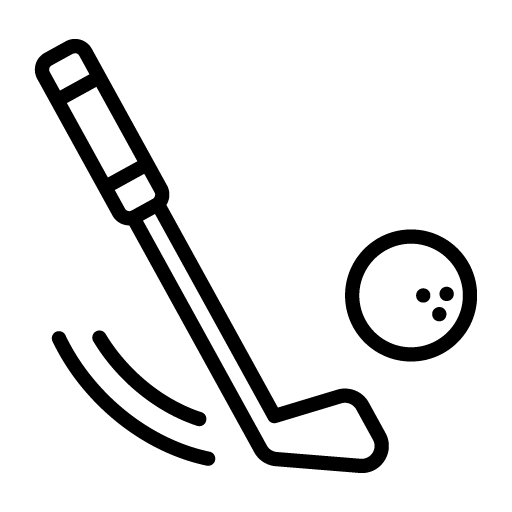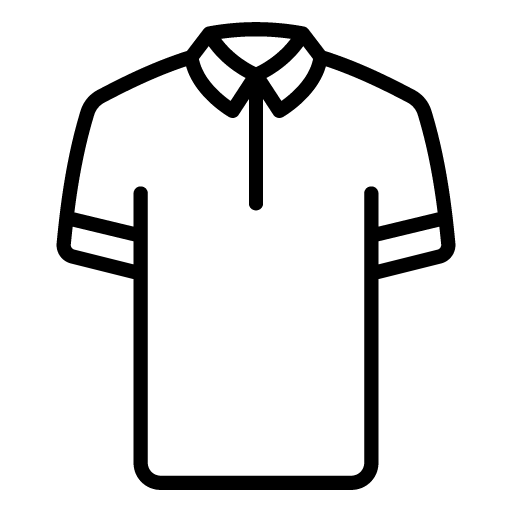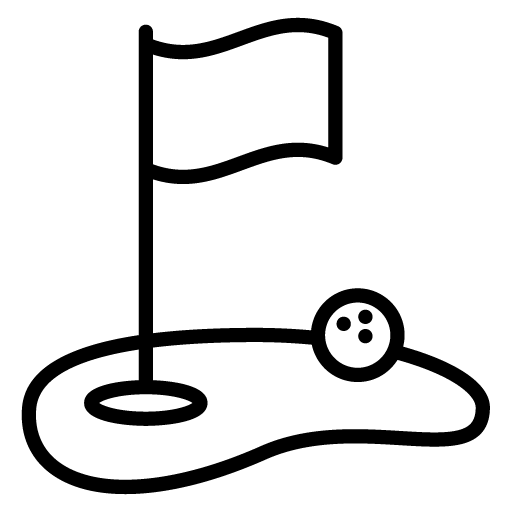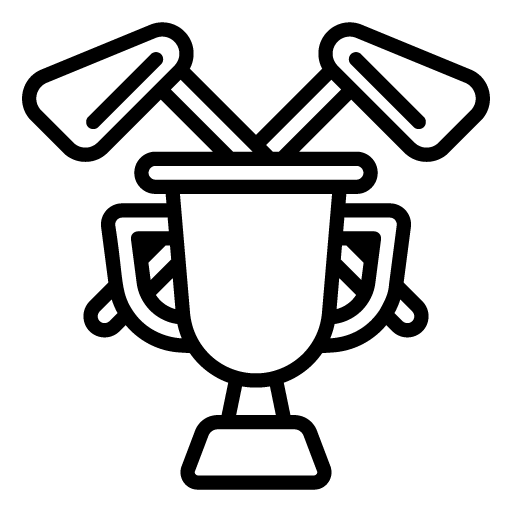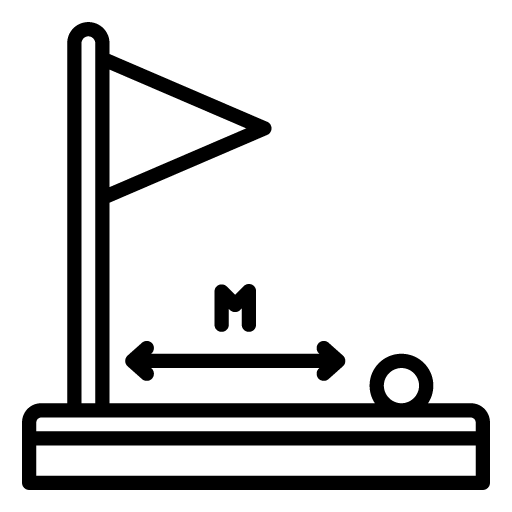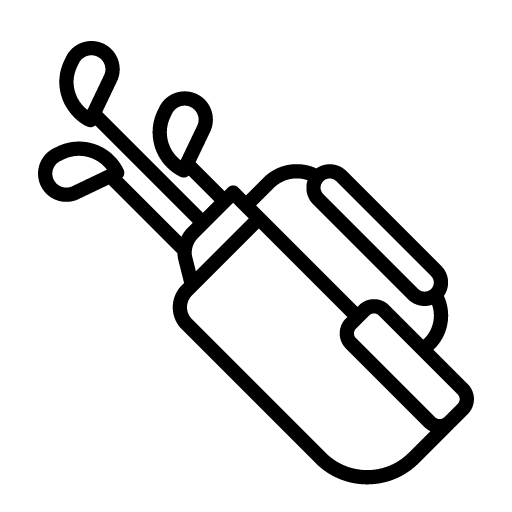With a week to practice, I learned a number of important aspects of the golf swing. The most important aspect being that the legs brace the golf swing, they do not create it. On the way back, the right leg braces and on the follow through, the left leg braces. Much more on that later.
I also learned the importance of the left lat pushing the swing back but under the left shoulder. If the left lat pushes correctly, the left shoulder will open and the chest and back will become very broad. This is something Patrick has mentioned numerous times in the last few lessons. Patrick showed me that the left lat pushes, the left shoulder opens but it is important to keep turning with the upper part of the left lat. In essence, you should feel the middle part of your lat to engage. This really gets the turn deeper.
So, about those legs. As you go back, the right leg braces but you also need make certain the left leg “holds off” meaning the left knee does not fall back. This will allow you to move the left knee very little when transitioning to the downswing. It will also create more torque and tension as you will feel it in your left hamstring and throughout your left leg.
So, going back, the swing starts with the left obliques, once the club starts to come off the ground the lower left lat “comes under” the left shoulder causing the left shoulder to open. This will make the chest and back broad. As the left lat continues to move the backswing the middle of the left lat will engage to get an even deeper turn at the top. Note that the backswing needs to be wide. Wide meaning wide with the chest and wide with the hands. There is no reason to be concerned with how “far” the backswing is.
Once at the top of the backswing, the left knee moves to the target. The right knee and right obliques move towards the target and the right shoulder falls behind the right hip. It is very important to never stop moving the right obliques and right hip towards and past the target. The right hip will stay in front of the right shoulder all the way through impact.
To keep the back and chest wide at impact it will feel as if the right hip is moving toward the target and your left lat is moving away from the target. This will make certain you are broad and wide at impact.
The exercise I must work on is putting my arms straight out, with my shoulders wide. I then get in my setup and rotate keeping my shoulders wide. If I start to fold my shoulders in at any point I have to restart and go slower. This will force me to use my obliques, lats and back to turn to the top of the backswing. On the downswing, I have to go very slow as it is common to allow the shoulder or arm to take over to start the downswing. The downswing starts with the right oblique and right hip moving toward the target. The right shoulder and arm simply fall behind the right hip. The right hip then stays well in front of the right shoulder as the right lat feels as if it is pushing away from the target at impact. Easy enough, right?
Another exercise Patrick told me to work on is pointing your left toe in (pigeon toed) and lift it up to your waist. I tried to do this and could barely get it off the ground. This is something I am going to have to work on as I need flexibility on my hips, glutes and hamstrings. Patrick warned me to only do 10 in the morning and 10 in the evening.
So, for the next two weeks I am to work on keeping the shoulders broad and wide, allowing the left lat to really come underneath the shoulder and eventually push into the middle part of the left lat to finish the backswing. The downswing will be the right obliques and hip turning, turning and turning. As they turn, the right shoulder and arm fall behind the right hip. I then feel as if the right hip is moving toward the target and my left lat is moving away from the target. Then, finish the swing.
Update
After practicing for a few days I have learned that keeping your right shoulder “back” is extremely difficult. I have completed hundreds of the practice exercises with my arms straight out and turning but I still want to roll that right shoulder over when I start the downswing. When I do it properly, it really does feel like you create a ton of speed with the face of the club.
I went to the range today and I am slowly getting closer to getting the club correctly through impact. I am still struggling a bit with the late flip with my hands. If there isn’t a ball in front of me,
I can keep my shoulder and lat back, but as soon as there is a ball there, I give up and allow that shoulder to roll. The goal is to keep the right shoulder back all the way through impact.
My Best Backswing
After lots of practice and analysis I have now successful created my best backswing. It is very hard to explain but I will try to do so just in case things go awry in the future.
As always, posture is important. My hips are rolled forward and I am on the balls of my feet in a very strong stance at address. I have noticed that very few amateur golfers have a “strong” stance in which they can use the power in their legs. I digress.
When taking the club away, I “push” with my lower left obliques while keeping the club head on the ground as long as possible. As Travis Marshall once said, “it feels like you are dragging the club on the ground as long as you can.” By pushing with my left obliques, my goal is to keep the club on the ground until at least 2:00 or 2:30 if you are looking at 12:00 when addressing the ball.
If I can keep the club head low for as long as possible, I have the foundation of a very good backswing. Once I get to 2:00 and the club slightly comes off the ground, I open my left shoulder and fold my right elbow in. I have learned that folding the elbow in as quickly as possible once the club comes off the ground is very important. We will see if that remains true.
If I can make certain my left shoulder opens by pushing with my left lat, all I have to do from here is continue to push with my left side. Starting with my obliques and working all the way up to my lat and into my armpit.
Something that I never did in the past is to push the club “behind” me. When I get the club off the ground by using my left side, I have to continue to “push” the club to what feels like very far behind me. In reality, it is not, but I am used to keeping the club well in front of my hips and butt. When I do the correct backswing, it feels like my arms and the club are completely behind me.
What this does is it allows the club to make the oval on my backswing to “fall” into the correct position at the top. If I do not complete the proper backswing, the shaft of the club is often facing 20 degree left of the target. If I can use my right side and “push” the club behind my body, the club falls directly on the target line at the top.
Prior to the target line, the club looks like it is “looping” around and over the top of my right shoulder. Note that both of my shoulders are broad and pushed back because my left lat is pushing to the top of the backswing and my right elbow was rolling in very early in the backswing. Just to emphasis this, I make certain to feel my chest and shoulders very board at the top of the backswing.
As I get to the very top, the outside of my left hand extends and my right hand basically becomes a tabletop for the club. One problem I have is to let this angle go once I start my downswing. If I can hold the angle with my right hand, I am hitting the ball very well.
Let’s hope that I can continue to perfect the backswing and hit the ball better with every range session.
UPDATE: So much here. I was definitely starting to understand the golf swing yet I could not do it. I am now on lesson 117 in April 2020 and Patrick is finally happy with my backswing. In fact, during my 117th lesson, Patrick said, “do not change that backswing. This is going to be the foundation of being a great golfer.” It really is allowing your obliques and lats to create the backswing but it takes years to actually get the correct feel. More on that in the many lessons to come.
Note that trying to keep the club face on the ground as long as possible makes you use your hands way too much. I would never tell someone to do that because they are going to use their hands and arms to create the backswing.

